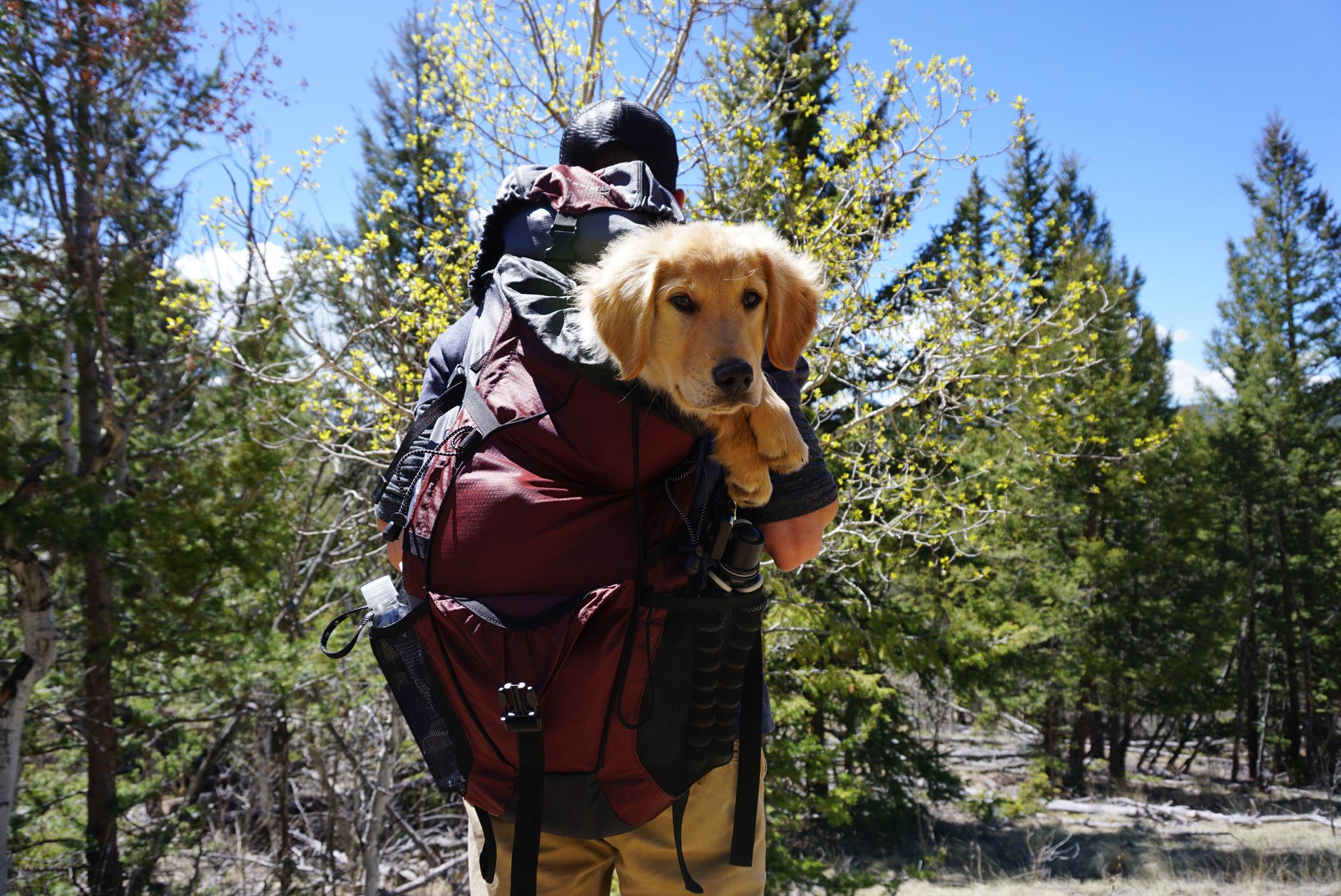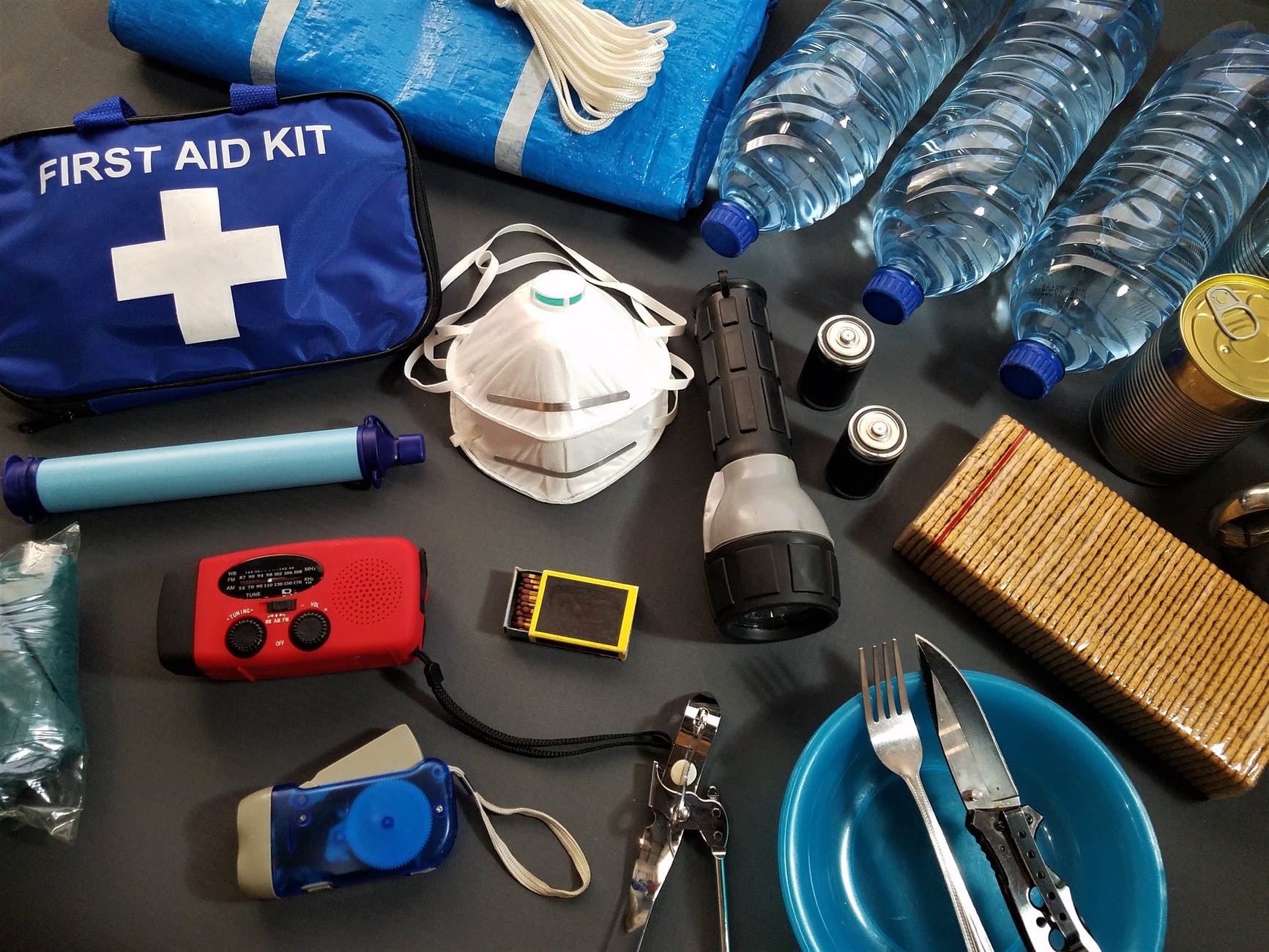Your Bug Out Bag
Natural and man-made disasters can happen almost anywhere. If a natural disaster is looming and evacuation becomes possible, having an Bug Out Bag ready can save you precious time. Without proper preparation, you leave yourself and your loved ones vulnerable.

Your Bug Out Bag (a.k.a. emergency bag, Armageddon bag, and a host of other names) is designed to help you evacuate at a moment’s notice and get to safety with the basic supplies to sustain you for a minimum 72 hours. Each member of your household, including your beloved pets, should have their own bag.
My initial Bug Out Bag was heavy. As I continued my research and compared notes with other like-minded preppers, and as my budget allowed, I streamlined by gear to make it lighter. The ideal bag should be easy to transport. You may need to limit your items and consider only the most essential for survival.
Cover The Basics
Make sure that your Bug Out Bag covers the basics every human needs to survive, no matter what the situation:
- Air: You can survive for 3 minutes without air.
- Shelter: You can survive for 3 hours without shelter in a harsh environment.
- Water: You can survive for 3 days without water.
- Food: You can survive for 3 weeks without food.

Recommended Supplies
- Water and water filtration system
- Non-perishable food for several days
- Extra cell phone battery or charger
- Battery-powered or hand crank radio that can receive NOAA Weather Radio tone alerts and extra batteries
- Matches and other fire starters
- Flashlight and extra batteries
- First aid kit
- Whistle to signal for help
- Dust mask, to help filter contaminated air
- Contractor garbage bags (can be used as emergency shelter)
- Local maps (If you are a AAA member, you can get them free online)
- Change of clothes (not a suitcase full)
- Compass
- Multi-purpose tool
- Important family documents in a portable waterproof container; more information here: Personal Documents – Don’t Evacuate Home Without Them
Additional Items to Consider
- Prescription medications
- Extra pair of reading glasses
- Magnifying glass (can be used as a backup reader or to start fires)
- Cash (in small bills) and change
- Emergency reference material such as a first aid book or information from www.ready.gov
- Sleeping bag or warm blanket for each person
- Consider additional bedding if you live in a cold-weather climate
- Mini sewing kit to repair clothing
- Solar charger for your phone and other electronics
The Bag
I opted for a hiking backpack. They are durable, lots of pockets and storage space, and can carry all your emergency supplies. The hip belt will help you carry the load more comfortably and the extra straps can hold your sleeping mat or tent.
If you are elderly or with physical impairments, consider a wheeled backpack. This way if the wheels break, the bag can still be carried as a backpack.
Be sure to check out my other post, Your Get Home Bag – When Family Is Waiting, discussing the emergency kit for your vehicle. In a future blog I will discuss the need for additional kits such as an EDC or Every Day Carry if you live in the city and use public transit. For information on what items you can buy on a tight budget checkout my prior post, No Money, No Problem.
Keep in mind that we may receive commissions when you click our links and make purchases. However, this does not impact our reviews and comparisons. We try our best to keep things fair and balanced, in order to help you make the best choice for you.
What other items do you think should be included? Please comment below.

